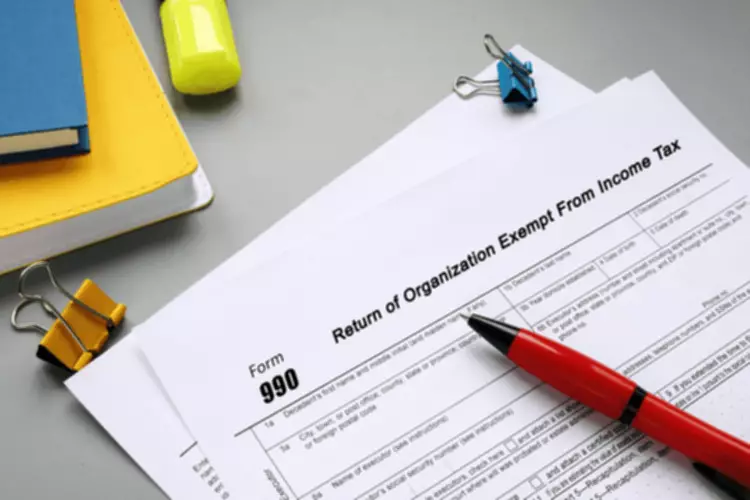Content
- What does DSO tell you about your business?
- How to Calculate Monthly DSO?
- AccountingTools
- Comparing a company with many customers that buy on credit to another company with many customers that pay with cash.
- How to Improve Your DSO?
- Days Sales Outstanding (DSO): Definition, Calculation, and Ways to Reduce DSO

Or the company might take advantage of an opportunity to forge a closer relationship with a typically reliable customer that hasn’t paid due to extenuating circumstances, by offering a special payment plan. This example illustrates why evaluating companies based solely on DSO could be misleading. DSO may also prompt questions about Company B’s cash flow and collections process. DSO is one part of the order-to-cash cycle, which starts with a customer ordering an item or service and ends with the company’s receipt of payment from the customer.
By knowing your average collection period, you’ll be able to plan how much cash flow you can expect at a given time. With every sale put on credit, there’s an outstanding balance, known asaccounts receivable , you need to collect. DSO is closely related to the AR turnover ratio, which measures the number of times AR is converted to cash during a certain period.
What does DSO tell you about your business?
A good or bad DSO ratio may vary according to the type of business and industry that the company operates in. That said, a number under 45 is considered to be good for most businesses. It suggests that the company’s cash is flowing in at a reasonably efficient rate, ready to be used to generate new business. Delinquent https://www.bookstime.com/ is a good alternative for credit collection assessment or for use alongside DSO. Like any metric measuring a company’s performance, DSO should not be considered alone, but rather should be used with other metrics. Companies must commit to reducing DSO and sustaining this effort over the long term.
- The Integrated Receivables Cloud Platform from HighRadius is an industry-trusted credit and collections platform.
- Nothing herein should be construed to create any right, obligation, advice or responsibility on the part of Atradius, including any obligation to conduct due diligence of buyers or on your behalf.
- DSO is always computed monthly, quarterly, or annually depending on the duration the company finds useful for its operations.
- DSO may also prompt questions about Company B’s cash flow and collections process.
Send clear invoices that outline your payment terms and payment methods. Always include the due date and clear instructions to pay you, as well as contact information if there is a problem. If you have a subscription-based business and most of your clients have an automatic payment set up, your DSO might be zero days. If your clients pay you after 30 days, then having a DSO at 30 days is great, too. Be willing to adapt the language you use to suit certain circumstances, but don’t compromise your authority in the process. Customers are much more likely to settle outstanding payments if your company is helpful and accessible, yet serious.
How to Calculate Monthly DSO?
Credit sales, however, are rarely reported separate from gross sales on theincome statement. The credit sales figure will most often have to be provided by the company. This calculation yields the number of days it takes a company to collect its receivables. A lower number indicates a company’s ability to collect receivables more quickly, while a higher number indicates a company’s inability to collect receivables as days sales outstanding quickly. The DSO can be calculated by dividing accounts receivable for a specific period by the annual revenue per day. In reference to time value for money concept and the money circulation in the economy, companies prefer to collect their payments as quickly as possible once sales have been made. This helps in reducing the depreciation in the value of the currency as a result of inflation, among other factors.
These robust capabilities can help companies improve their liquidity, fund growth, shorten the credit-to-cash cycle and seize new investment opportunities as they arise. Note that sales that are paid by cash are not included in DSO calculations. If they were, companies that had many cash-paying customers would have a better DSO than companies that had few cash-paying customers. To that point, AR can be found on a company’s balance sheet, though few disclose the portion of sales made on credit. Days sales outstanding is considered an important tool in measuring liquidity. In some sense it measures the balance between a company’s sales efforts and collection efforts.
AccountingTools
Additionally, it took over 65 days for 25% of North American businesses reviewed to receive payment. Investors and analysts use DSO as a tool to measure a company’s credit risk and its ability to repay its debts. They also use it to compare the credit risk of different companies. A high DSO indicates that a company may have difficulty collecting its receivables, which could lead to a liquidity crunch and increased credit risk. A low DSO, on the other hand, indicates that a company is able to collect its receivables quickly, which is a sign of good liquidity and credit health. Keep in mind that the DSO ratio provides a general overview of business performance.

Focus on rewarding early payments rather than penalizing customers in order to maintain a low DSO. You should concentrate on achieving the Best Possible DSO based on the size of your business and your industry rather than aiming for a low DSO at all costs.
One of the best ways to improve a company’s cash flow is to speed up the amount of time it takes for customers to pay their bills. In product-centric businesses, customers normally pay for the entire cost of the product at the time of purchase. However, in service-based organizations, credit terms allow customers to pay 30, 60, or even 90 days after services have been rendered. Days sales outstanding is an accounting metric that measures the average number of days it takes a business to receive payment for goods and services purchased on credit. The higher the DSO, the longer it takes the company to see its money. Determining the days sales outstanding is an important tool for measuring the liquidity of a company’s current assets. Due to the high importance of cash in operating a business, it is in the company’s best interests to collect receivable balances as quickly as possible.

On the flip side, DSO measures the average number of days it takes for the company to receive payment from its customers for their purchases. Being aware of how both financial ratios are trending can help managers and potential investors understand a company’s cash flow. Businesses may extend credit to customers, allowing them to purchase a product today and pay for it within an agreed-upon time in the future. The amount a customer owes is an account receivable on the business’s books. Cash sales are not included in the calculation since payment is received upon purchase. A low DSO implies customers are paying their bills quickly, yielding a quick conversion of credit sales to cash, which bolsters a company’s cash flow and working capital. It measures the average number of days it takes for a company to pay what it owes to suppliers, vendors and financiers.
Number of days is the number of days in the relevant period – which may be a month, a quarter or a year. These challenges can be addressed with calculated adjustments, which means DSO can still be a valuable “weathervane” metric for any business that gives it some thought. In this example you can see, how to calculate the best possible level of receivables. You can use Best Possible DSO only at the current receivables to calculate the best length of time you can turn over those receivables. You can calculate DSO using an average balance over the period rather than Ending Balance snapshot. Using the formulated metrics of Advanced Collections you can calculate the Days Sales Outstanding . When the customer pays the 1,000 USD in December, the open amount is set to 0 in open receivables.